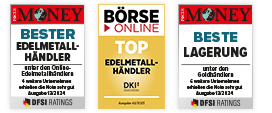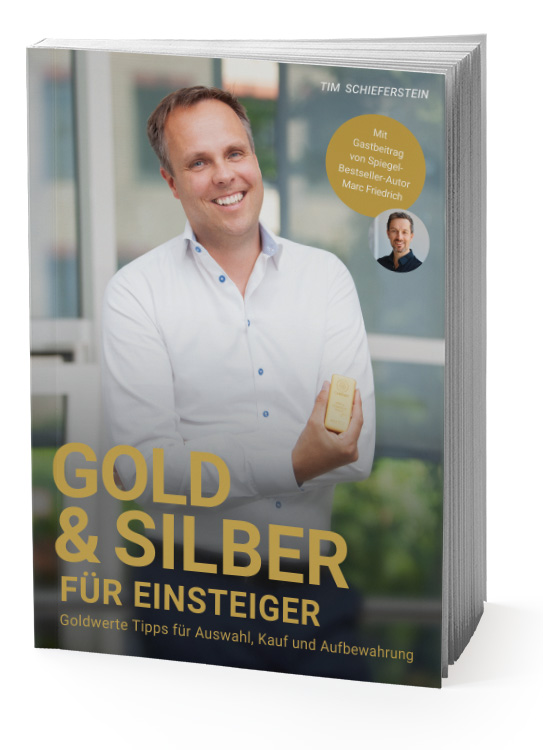Correlation analysis
Correlation analysis can be used to determine the extent to which a relationship exists between two metric variables, how close it is, and in which direction it goes. The correlation coefficient, which expresses the bivariate statistical relationship between two time series, can take on values between +1 and -1, with values near +1 indicating a close positive relationship between the variables, values near 0 indicating no relationship, and values near -1 indicating a close negative relationship.[1]
However, the finding that two time series are correlated does not mean that there is a causal relationship between them. The correlation coefficient alone does not indicate whether one variable was actually influenced by the other or vice versa, or to what extent there is any cause-and-effect relationship between the two variables. Time series can be almost completely correlated with each other without being related in terms of content(spurious correlation[2]). A high correlation is often due to the fact that both time series are influenced by the same factors and therefore tend in the same direction, but have little or no influence on each other. Other time series are hardly correlated with each other, but may nevertheless be related in terms of content, which does not come into play because the time series are influenced by factors whose effects compensate each other.
It would therefore be misleading to conclude a pattern of effects from the expression of a mathematically derived coefficient alone. Such conclusions must always be drawn from the respective context, taking into account plausibility relationships and an overall view of all relevant factors, since the statements based on them can otherwise lead to misinterpretations. In the following, examples from the precious metals sector are given for different correlation constellations.

Weitere Informationen und Ihre nächsten Schritte:
Geschichte von Edelmetallen als Währung
Angebot, Nachfrage und Bestände
Historische Wertentwicklung
Prognose für die zukünftige Wertentwicklung
Investitionsmöglichkeiten
Zusammenfassung
Silber Neuheiten
Feinsilber
Silber kaufen
1 kg Silbermünzen
1 Unze Silbermünzen
Silberunze
Tubesize
Silberankauf
Ankauf von Silberbarren
Ankauf von Silbermünzen
Maße & Gewicht: Silberbarren
Mehrwertsteuer bei Silber
Silberpreis
Das deutsche Stempelgesetz von 1884
Edelmetalle
Edelmetalle kaufen
Edelmetalle verkaufen
Gold, Silber lagern
Gold-Silber-Ratio
Privy Mark Münzen
Goldsparplan oder Silbersparplan
Goldverbot
Echtheit von Gold prüfen
Hausratversicherung für Gold
Tresor
Bankschließfach
Buch & eBook “Gold & Silber für Einsteiger” gratis für Sie
„Ein spannendes und lehrreiches Buch, das selbst für Leute wie mich, die sich noch nie mit dieser Thematik auseinandergesetzt haben, das Interesse an einer Investition in Edelmetalle weckt.“ – Fazit der Lektorin, die anschließend erstmalig Gold kaufte.
Was sind die Vor- und Nachteile von Edelmetallen? Welche Barren und Münzen sind warum empfehlenswert? Was sind typische Anfängerfehler und woran erkennt man einen seriösen Edelmetallhändler? Wo und wie bewahrt man Edelmetalle sicher auf? Auf diese und viele weitere Fragen finden (nicht nur) Einsteiger in dieser rund 200 Seiten umfassende Basislektüre von Edelmetall-Experte Tim Schieferstein zum Thema Gold und Silber Antworten und Tipps.
Mit diesem Buch möchten wir Aufklärungsarbeit leisten und so den Einstieg in eine Kapitalanlage in Edelmetallen leicht machen. Daher schenkt GoldSilberShop.de sowohl das eBook als auch das gedruckte Buch Ihnen! Sichern Sie sich noch heute Ihr Exemplar!
[2] Ein berühmtes Beispiel dafür ist der Anfang des 20. Jahrhundert zu beobachten gewesene Rückgang der Anzahl der Störche und der Geburten, woraus abgeleitet wurde, dass Kinder von den Störchen gebracht werden.







